To begin with, the Nikon Df, marketed as a “handcrafted” time machine to travel back to the days when “pure photography” was mostly a manual affair, this Nikon Df is a hell of a lot of camera. Some naysayers are ridiculing the concept, but have they actually ever touched a Df? There’s always the other side of the coin. The Df’s finishing could be more premium and the camera’s definitely expensive and not small. But it’s a camera that stands up to the promise of “pure” photography: gone are the automatisms that make many blind to what photography is all about. This digitally native, state of the art Df engages the photographer. It forces to think again and apply the basics of photography — speed, aperture, ISO. Being forced to go back to these basics turns out to be a most satisfying experience. Other nice cameras are sitting on my desk. It’s the Df I want to grab. Because this camera puts me in control. Don’t have to dig through an ubiquitous UI. And most importantly because this low light king of a Df churns out velvet smooth colors with thick, fat, juicy blacks.
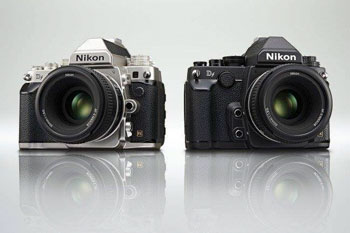
+++ Disclaimer: All sample images posted here are straight out of camera. I don’t see a point in perfecting images until they’re sterile by means of all sorts of post-processing niftiness. iPhone images can easily be pepped up to look like a DSLR’s. In the end, all the reviewer’s images look the same, whatever camera. Here you get unfiltered factory settings without noise removal or any corrections — with the exception of some crops (where indicated) and resizing. Post-processing is totally legit and fine for one’s own and professional work, but not when reviewing a camera. And since I’m totally unbiased and not paid by any camera companies, I’m free to say the truth and nothing but the truth.
The Nikon Df is one cool old school camera. Its a fine blend, this ambitious fusion concept between manual analog and digital circuitry. The Df’s gutsy retro chic, however, is not a camera for the digitally spoiled and gadget freak who want the latest and greatest technology. Even if equipped with one of the — despite its age — best imagers on the market, the Nikon D4‘s, the Df might slow you down at first. Spend some time to get used to the camera. Coming from Nikon you’ll most likely be familiar with the controls within no time. A newbie needs a day or two, but with dials and controls placed where they make sense you’ll quickly develop a fluent, responsive workflow.
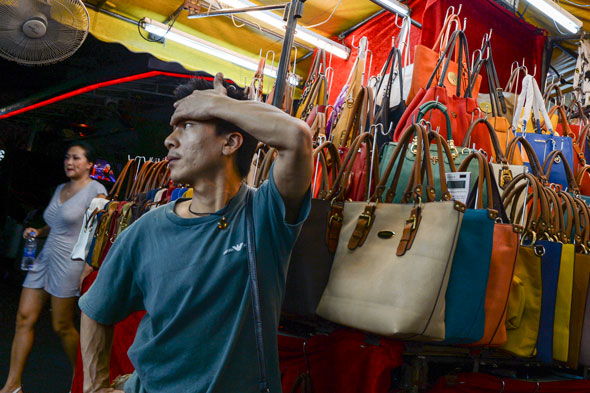
The Df is an as interesting as controversial release. Nikon knew they’ll be in the line of fire with the Df, but talking to Nikon reps they smilingly suggest that sales so far exceed expectations. The camera’s on backorder in most markets. It’s a camera aimed at the non-Nikonian, collectors and photography aficionado. It’s a kind of hybrid between a Leica M and a DSLR with a very unique gestalt and character. This in itself is a new, so far untouched market.
Tech freaks and pixel peepers most likely hate the Df (hating a camera, how weird is that…). They can’t stand the gimmicky styling and don’t understand why someone would spend nearly $3,000 on a camera with “worse” specs (not to mention less pixels) than a, say, D800.
Then there is the rest of humanity and, in one last camp, people who yearn for a solid, reliable, no nonsense, not too big camera built on proven technology to shoot for fun or professionally, be it in the street, for weddings, photojournalism or studio work. They’re no nerds and no geeks. They love photography, and they’ll love the Df. The camera might look a bit over the top. But it’s a highly efficient tool, all you need is within reach of your fingertips.
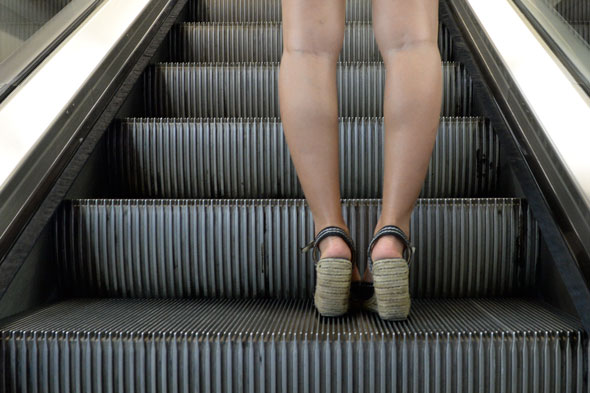
I do not see the Df as the mistake others see it. On the contrary, the camera could become a niche trendsetter. You bet Canon has a similar project in the pipeline. While the Df kind of copycats the retro trend started by Olympus and Fujifilm, Nikon takes it onto a new level with the class leading D4 sensor. The Df is a Nikon D4 for half the price and nearly half the weight and size. While suffering from some minor teething issues, the Df is a well thought through concept that doesn’t interfere with photography like so many cameras do these days with program modes and automatisms that deprive the photographer of the art’s basic how-to.
Some think who in the right mind would even consider this overpriced piece of Nikon’s reengineered past. Again. The Nikon Df has its rightful place in the market. I even think the camera is competitively priced. Yes, you can get a lot of gear for $3k. But what about a camera’s mojo? Its feel, reliability and soul? Something that just works? That’s the Df. It won’t collect dust on a shelf, guaranteed.

Price, OMG
True, the camera’s not cheap, but good quality will continue to hold value even in this digital day and age. In fact, if you’re still dreaming about buying a Leica for $10k with a basic lens, the Df gives you a similar feel for a fraction of the money. Price is relative after all. So depending on your needs and preferences, the Df might even be reasonably priced. It’s a camera build to last and weather the changes of time. So there you go, you already save money by not being tempted to upgrade anytime soon.

Size Matters…
Don’t be fooled by marketing promises. Yes, the Df is Nikon’s smallest full-framer, but certainly one of the bigger cameras. At first I wished it was a bit more compact and “portable.” The Df is quite a bit bigger and heavier than it should be. Soon though you’ll appreciate the solid, comfortable size. I love Olympus’ OM-D cameras and the punch of its images. But these small compact cameras feel more like a toy than serious working tool. Could the Df be more compact? Probably not, and there’s a simple reason for the Df’s size:
It’s determined by its full-frame optics. Nikon’s FX flange focal distance from mount to sensor plane measures 4,65 cm. The distance from mount to the LCD is a bit more than 6 cm. That’s about 1,5 cm left behind the sensor… Not too much given the depth of the imager and LCD.
In comparison: Canon’s full-frame flange focal distance is 0,3 cm shorter than Nikon’s, Leica’s M mount flange distance measures 2,78 cm — and Fujifilm’s X series (albeit APS-C) a mere 1,77 cm! Now that explains why Fujifilm’s able to build these compact gems…
You’ll say Nikon film cameras were thinner. Why? Electronics. Nikon places its DSLRs main logic board going right across the back of the camera. The once very narrow space occupied by film is now filled with the sensor, main logic board and LCD.
Nikon should either reposition the main board or look at smartphones and they’ll be able to knock a few millimeters off the back. For now, given FX’s optical parameters, Nikon’s designers can’t slim down the depth of a Df substantially without creating a new lens standard. Or you’re left with a slimmer body and a prominently protruding mount socket — what a design challenge to not look ridiculous.
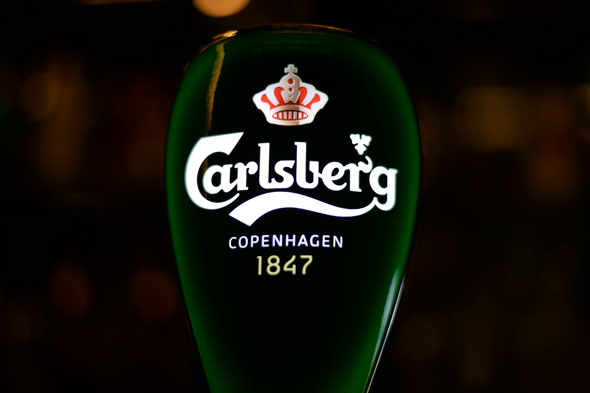
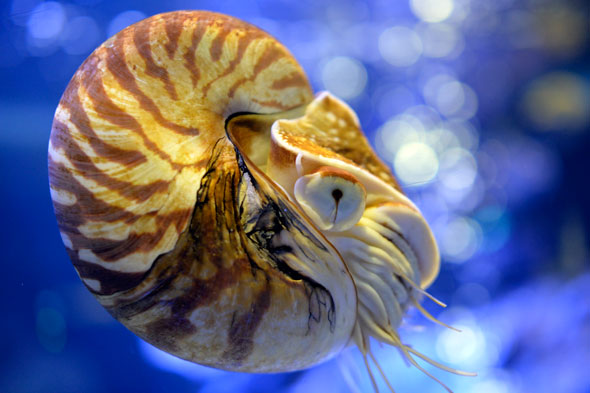
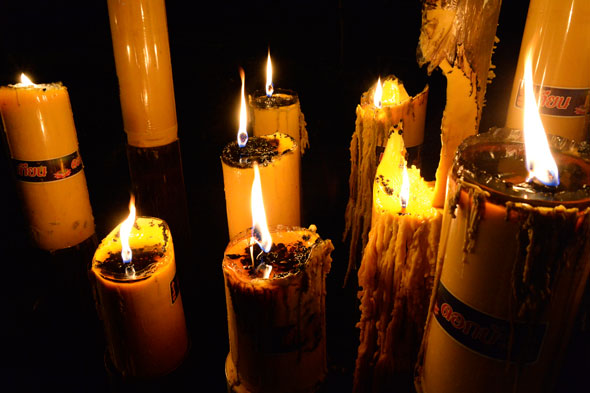
A $3k Plastic Body?
Talking looks, for a camera that costs nearly $3,000 with the 50mm F1.8G Special Edition kit lens you deserve a more premium finishing. Yes, the dials are metal and the camera is well built, weather sealed and feels solid — with the exception of the slightly flimsy battery and memory card slot cover.
Actually, the Df has a top, bottom and back plate made from magnesium alloy. Its chassis is part magnesium alloy and polycarbonate. The front plate is polycarbonate. That’s a little better build quality than the D610, but it doesn’t match the D800 with its full magnesium alloy body and chassis.
I read somewhere Nikon was thinking about brass as the metallic cover. I like the feel of brass. It’s heaver, soft and you get this beautiful effect over time when the color wears off. Nikon says they didn’t find a supplier, so the Df’s a kind of hybrid in terms of build quality. The magnesium alloy provides the illusion that it is plastic.
I wish the camera would look and feel more — as advertised by Nikon — “handcrafted.” There’s plastic where it shouldn’t be plastic. Nikon, take a page from Olympus’ and Fujifilm’s book! But when actually shooting with the Df these finishing worries vanish into thin air. The Df’s a pleasure to hold, and what else matters.

Sensor
The 16.2MP Nikon-designed sensor is the cameras heart and soul — and its smartest choice. It’s capable of taking in tonnes of light, colors and tones. It really shines at low light and I don’t know about your needs, but 16.2 million pixels are more than enough for most of what I need. Furthermore, a 16.2MP sensor delivers none of the massively bloated files other cameras with astronomical pixel count flood you with. Your hard drives owe the Df, no super-sized files are clogging the workflow.
This flagship sensor strikes a pretty impressive balance balance between resolution, sensor size, image processing and ISO range. Be assured of amazing velvet smooth image quality with clean juicy blacks and superb color rendition even at ISO levels that were unthinkable not too long ago.
Furthermore, a stellar sensor with not too many megapixels means less time wasted on post-processing. I don’t want to spend a ton of time editing images. The Df delivers them just fine out of the box.
The only fly in the ointment: shining at high ISO, the Df’s base ISO performance such as 100 may look a bit washed out with a tendency to blow out highlights. To me at least, colors and tones look clearer and cleaner in dim light. It’s rather not a fine weather camera. It’s a camera to face the elements.

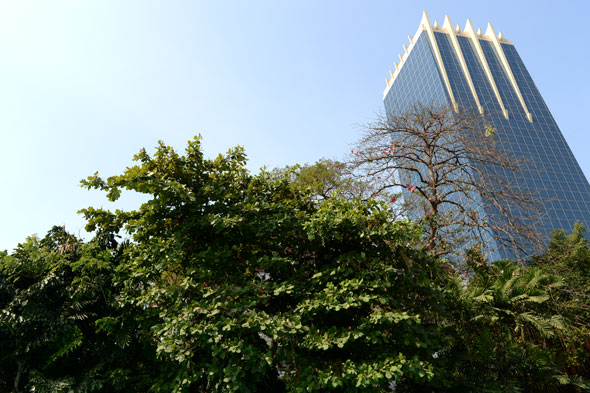
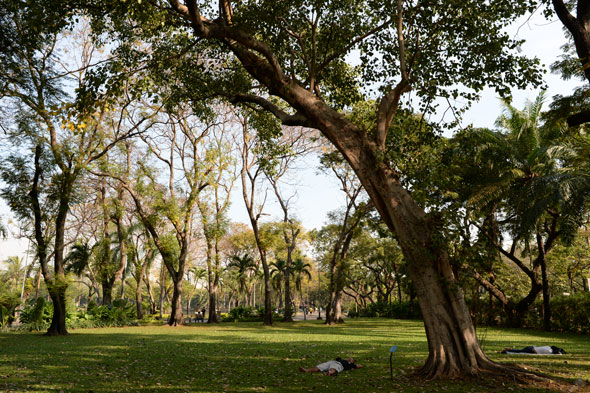
The Kit Lens
The 50mm F1.8G Special Edition kit lens? You get what you pay for. Fake aperture ring? Live with it. Don’t expect a spectacular optical jewel of engineering. You get a decent performer with nice contrast, good sharpness and soft and undistracting bokeh.
The Made in China lens (the Df is Japan-made) is quite a lightweight and compact, but in no way cheaply built. You’ll have to experiment and find this 50mm’s sweet spots and character. If I wouldn’t have a decent 50mm already getting this kit lens is certainly a no-brainer.

Viewfinder
Now you’re talking Nikon. The classy optical glass pentaprism viewfinder with 100% delivers the crispness and clarity you won’t find in any state-of-the-art electronic viewfinder. Yes, those EVFs deliver information like in the latest Tom Cruise science fiction flick. Try without. Go back to the basics. All a photographer needs is control over photography’s holy trinity: ISO, shutter speed and exposure. And seriously, think shooting nudes. EVF? Go fix yourself a nice drink and think again.
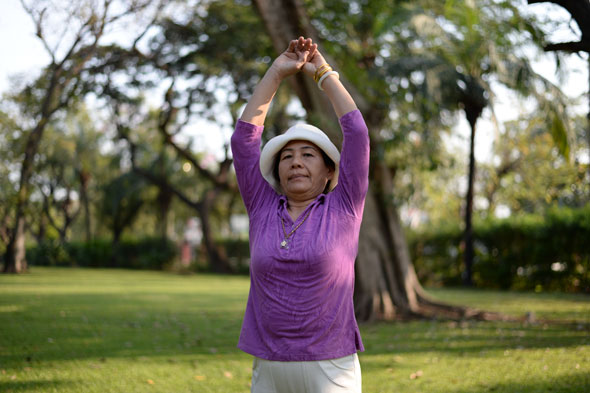
Autofocus
Works just fine. It will hunt in dim light. So go manual and practice good old photography skills. Add the 5.5 fps in Continuous High for up to 100 shots, I can easily live with that.

Manual Focus
Now that’s the Df’s Achilles heel. Yes, the Df’s lower left viewfinder shows that green focus lock dot. Works alright once you get used to, but why are first third party focusing screens already available online? Because manual focus is the Df’s real bummer. The lack of proper focusing aids of any sort, be it split screen, microprism, focus peaking or whatever, in a camera that wants you to use old manual focusing lenses, well Nikon that’s saving at the wrong end. #fail

Video?!
The Df has none of it. Get a D4 instead — or even better a stabilized GoPro Hero3+ instead that will smoke other cameras’ movie modes.

The Good, the Bad and the Ugly (in descending order)
- Call it magic, but this Df’s sensor is up to any task.
- The Nikon Df renders perfectly clean and usable images at ISO 6,400, I don’t even worry about ISO 12,800. This adds a lot of flexibility when shooting in difficult environments. It’s a low light king free from (ISO) worries!
- In fact, the Df is so good at high ISOs that it renders fast primes and zooms kind of obsolete. Don’t feel like a fool and try lighter, slower, cheaper lenses. You won’t be disappointed as long as the lens shows character.
- Always nice to have a good old flash sync port.
- Thank you Nikon for no movie mode and no electronic viewfinder. The battery lasts and lasts and lasts. Seriously, more than 1k shots and you’re still going on a single charge.
- Even in a “pro” camera, a tiltable LCD would be nice to have. Shooting the Df alongside “cheaper” cameras with flexible LCD, the latter allow angles the Df just can’t handle. Come on, camera makers, a movable yet sturdy LCD should be basic configuration these days.
- Autofocus will hunt in difficult light conditions. There’s always manual focus, but if you’re not a diehard sports photographer the Df’s autofocus works just alright. It’s certainly not world’s fastest, but perfectly suitable for demanding photography. Or try manual for a change, it enhances the engaging experience the Df stands for!
- The front dial (which is reminiscent of the legendary Contax G2…) is a bit awkward. For instance, I’d like to be able to use the front control dial for aperture and main control dial for shutter speed, but shutter speed can only be controlled via dedicated top dial — and the front control dial is a bit stiff. (BTW, you actually can use main command dial to adjust shutter speed by rotating the dial plate to 1/3 STEP…)
- What’s the point of a Quiet Mode that’s just a bit quieter and much slower?
- Nikon, old is cool. Sometimes new is too. The top left locked EV and ISO dials are like Christmas tree decoration. Nice to look at, but hardly useful.
- You live in the tropics? The Df’s not the king of a lot of light. Expressed with some exaggeration: the less light, the cleaner and more natural images you get.
- What manual focusing aid?!

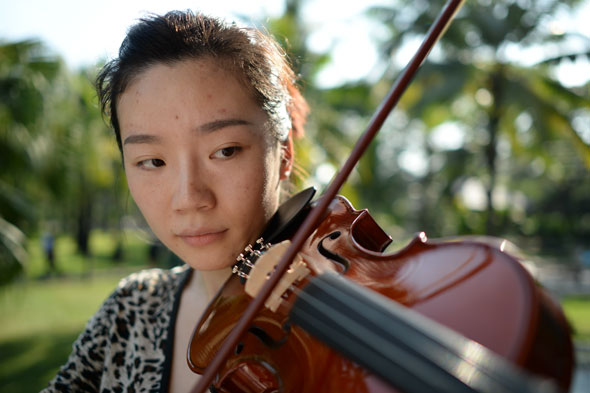
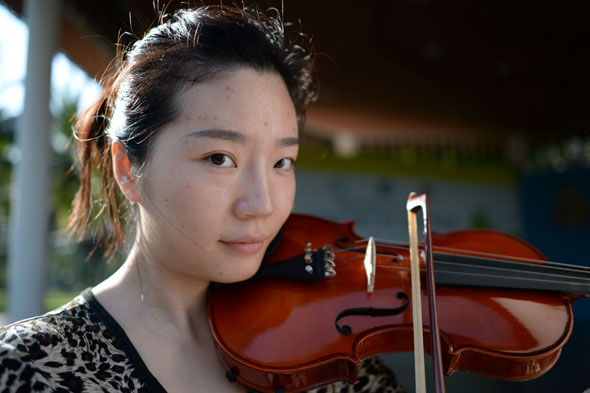
Final Say
The retro fad is much about nostalgia, but life and technology move on for a reason. So in order to be successful with a modern-day retro concept, Nikon needs generous dashes of the modern and the old. The devil is in the details, and photographers are not an easy to please bunch of gear buyers. Today’s camera choices are exceptional. People move on quickly to the next best promising deal. So why the Nikon Df?
Nikon found a right balance with this camera. The Df might by a heart vs. head decision. For me it’s a heart plus head decision. This camera rocks. One might get the impression it wasn’t entirely designed by photographers but rather marketing guys jumping on the retro bandwagon. Yet in the end it’s all about the experience of photographing, about the overall feel and end results that matter. The Df sweeps all of those categories.
At last we get proper real manual exposure control, even though not all of the throwback retro controls work for me. Take the ISO command dial. On the top left. It looks beautiful. How to use it?! With a lock release that has to be pressed each time? What were they smoking… Same goes for the exposure compensation dial. With lock button. That’s not only slowing me down, it’s faulty design (I can somewhat live with), but the Df would be such a more perfect camera with smoother exposure and ISO control.
Once you’re rolling there’s no substitute for direct manual controls. Knowing your way, the Df becomes second nature and an ultra responsive, fast and easy to use camera that with a bit of mastery outshines higher specced cameras.
Expensive? Not for what you get in return. Nearly 3,000 dollars are a lot of money, but you get what you pay for. You might not like the Df’s size, its plasticky feel, its not really class-leading AF, etc. Or you really like its size, its feel, its AF.
The sensor? State of the art. But this being the low light king, if you’re living in a sunny hemisphere with lots of sunlight, well, this camera shines more in somber than in bright daylight. I’d prefer Fujifilm or Olympus rich color saturation at base ISO to be honest. The Df’s low ISOs seem to wash them out a tiny bit with highlights easily blown out. But some getting to know the camera and minor tweaking and post-processing does wonders these days, so nothing to really worry about.
In the end, as with any camera, the Df comes down to personal choices and preferences. The Df is about character. You’ll find better specced cameras. Yet it produces images with a distinct look and feel to them that’s hard to beat.
But everything that is and looks different is as much hated as loved. The camera is certainly not an experimental one-hit wonder. It could be more refined with better manual focusing aids and mentioned smoother controls, but I’m sure it’s the first of a series of similar cameras to be introduced by Nikon and other camera makers. The Dfx or whatever the next incarnation will be called will be slightly smaller, with less plastic parts and optimized controls. But why bet your money on a fantasy Df.
The tomorrow is not always better. The Df is as good as it gets. If you’re in the market for a serious photography tool it would be a pity to miss out on a great camera that has the power to spark creativity and drives you to engage in photography.
What really matters is how a camera feels and makes you feel. To me, a long wait is over. The Df makes for a nice, measured approach to photography. I’m spoiled by having the chance to work with all kinds of superb cameras. I want to grab this Df again and again. Pair it with the right glass and you’re set for some time, whatever tempting retro and groundbreaking gear other makers are releasing. It’s a camera to love not only for its aesthetics. It’s not the fastest nor the hippest of cameras, but certainly one that lets you fully enjoy photography.
Beware. The more you use the Df, the more it grows on you. This Df “forces” to be shot like with a film camera. Less can be more. I love this reductionism.
Last but not least, which color to go for? Black or silver? Whatever color, most people will like the Df’s looks compared to a “conventional” DSLR. But to counter the critics’ “fashionista” allegation that the Df is nothing but retro jewelry: get the black body. It’s more unobtrusive and less loud. The silver version looks nicer, for photographic purposes though the black makes more sense. It attracts less attention. That is what you want.


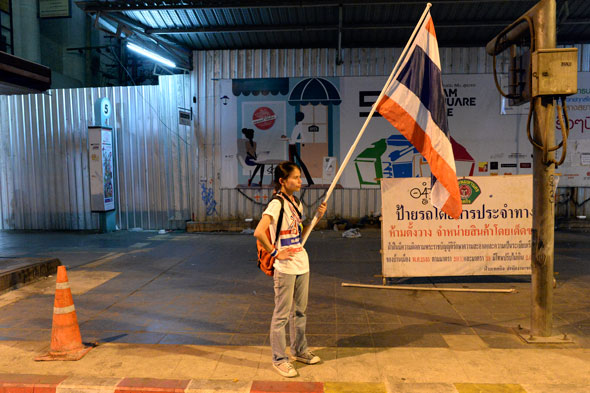
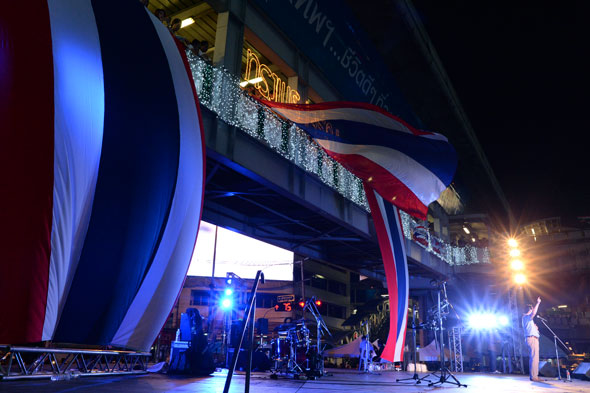
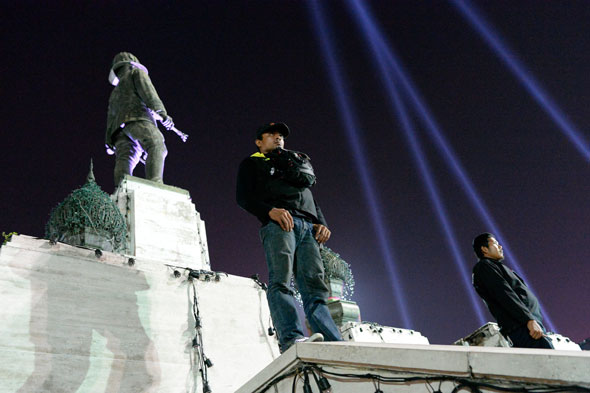
+++ If you like what you read on THEME, please consider supporting this site. Purchases via links below don’t cost you a single cent more and keep us going and growing. Thank you very much for having you as a reader!
You can order the Nikon Df and Special Edition 50mm F1.8G lens from
- Amazon (black body / silver body / black kit / silver kit / 50mm F1.8G SE)
- B&H (black body / silver body / black kit / silver kit / 50mm F1.8G SE)
- Adorama (black body / silver body / black kit / silver kit / 50mm F1.8G SE)


